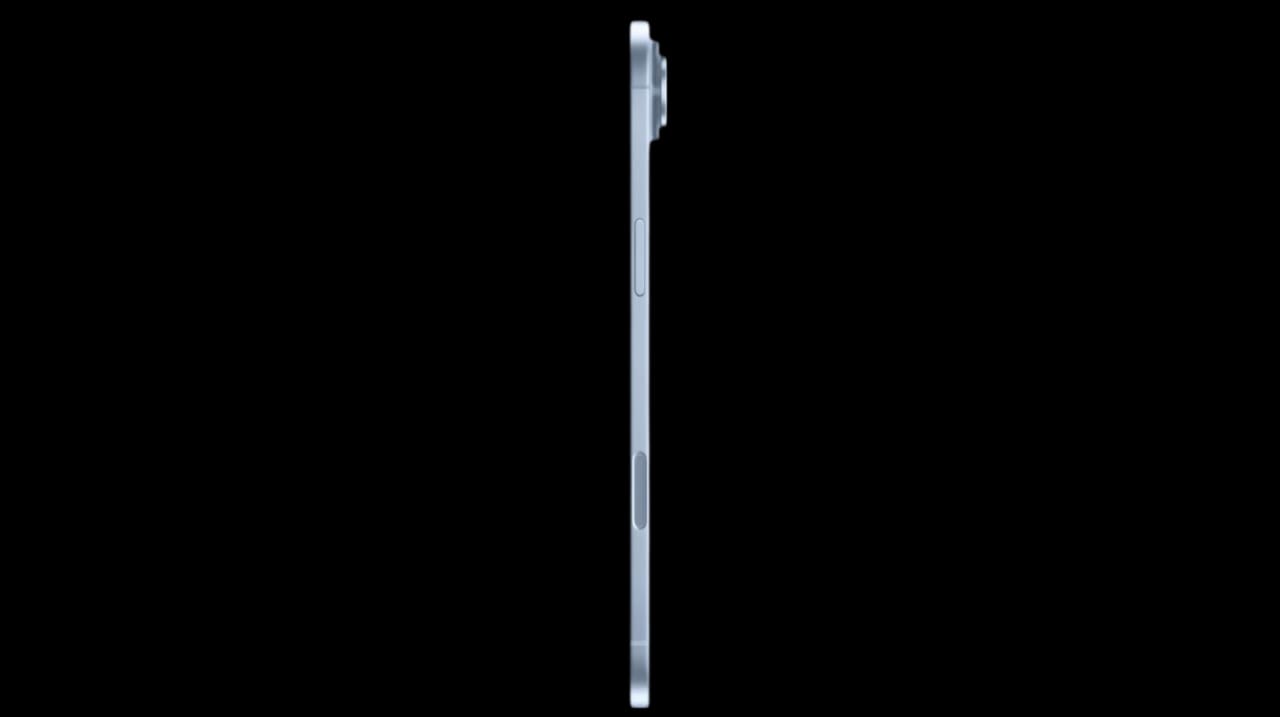Apple’s upcoming iPhone 17 Air is drawing attention not for a groundbreaking feature, but for its remarkable thinness. Leaks suggest the device measures just 5.5mm thick, making it the slimmest iPhone to date. Despite its ultra-thin profile, it features a 6.6-inch OLED display with a 120Hz refresh rate and an always-on display. Apple achieves this streamlined design by using a single rear camera and a lightweight titanium alloy frame.
However, the trade-off is most evident in battery capacity. The iPhone 17 Air is expected to include a 2900mAh L-shaped steel-shell battery, a design first seen in the iPhone 16 Pro series. While the steel enclosure improves heat management and durability, the capacity itself is concerning. A 2900mAh battery is on par with what powered the iPhone 7 Plus nearly ten years ago hardly sufficient by today’s performance standards.
These concerns are heightened by the demands of iOS 26, which introduces a real-time “liquid glass” interface. This new system is resource-intensive and, when combined with the high refresh rate and always-on display, could significantly impact battery life. For all its sleek appeal, endurance may be the iPhone 17 Air’s weakest point.
Apple’s material choices are also raising eyebrows. Although the Air retains a titanium frame, reports suggest the rest of the iPhone 17 series will return to aluminum. This marks a curious reversal from Apple’s recent titanium push, with no clear explanation provided for the shift.
Connectivity-wise, the iPhone 17 Air will debut Apple’s in-house Wi-Fi 7 and C1 modem. For photography, the device takes a minimalist route, offering a single 48MP rear sensor and a 24MP front-facing camera.
In summary, the iPhone 17 Air aims to set a new standard for slim smartphones. But its bold design, modest battery, and shifting material strategy may divide opinion. It’s a striking device yet one that raises more questions than it answers.




